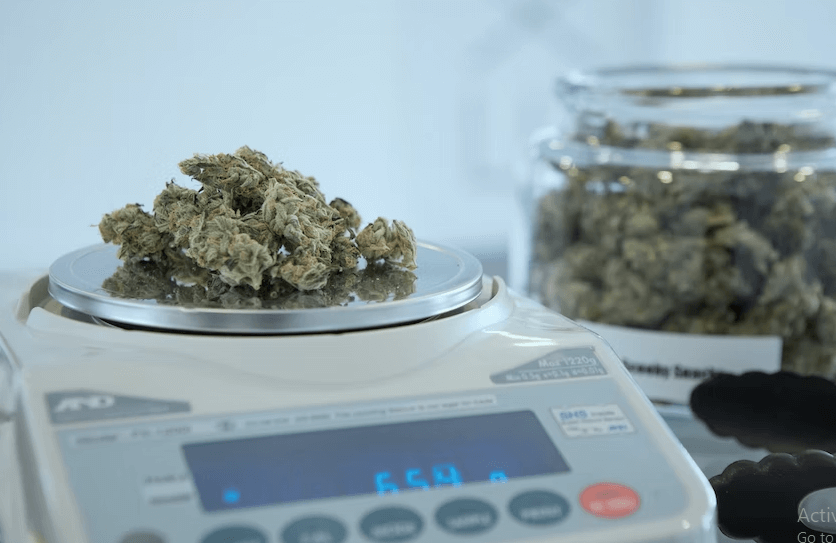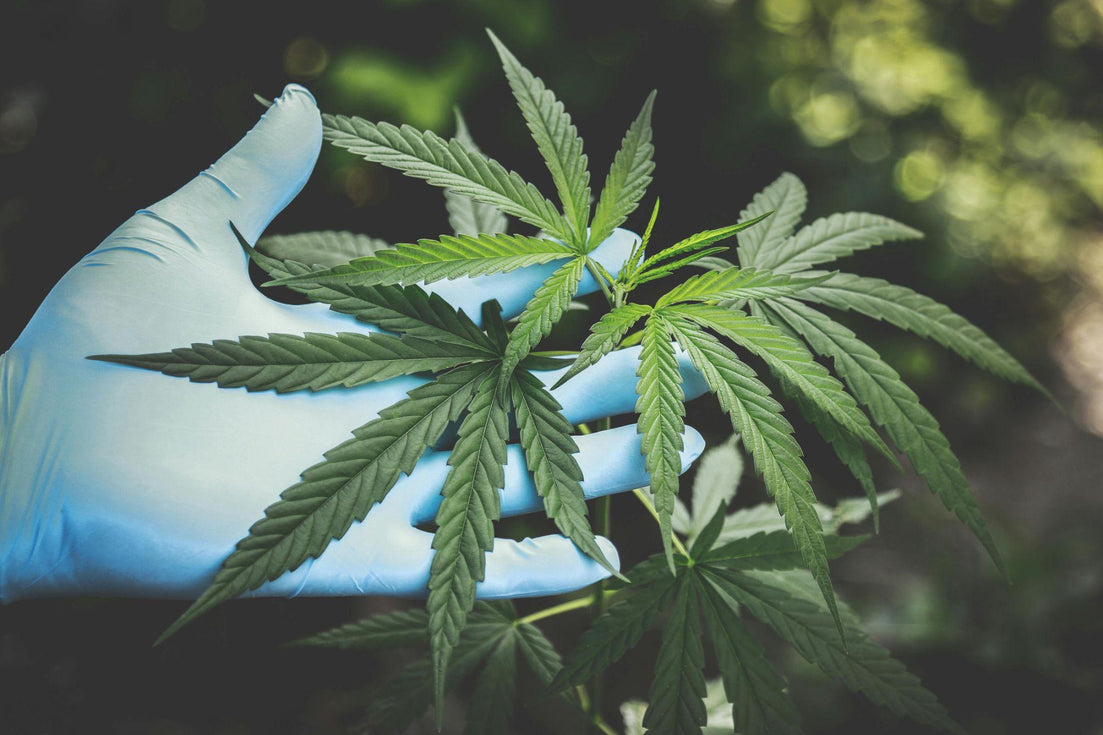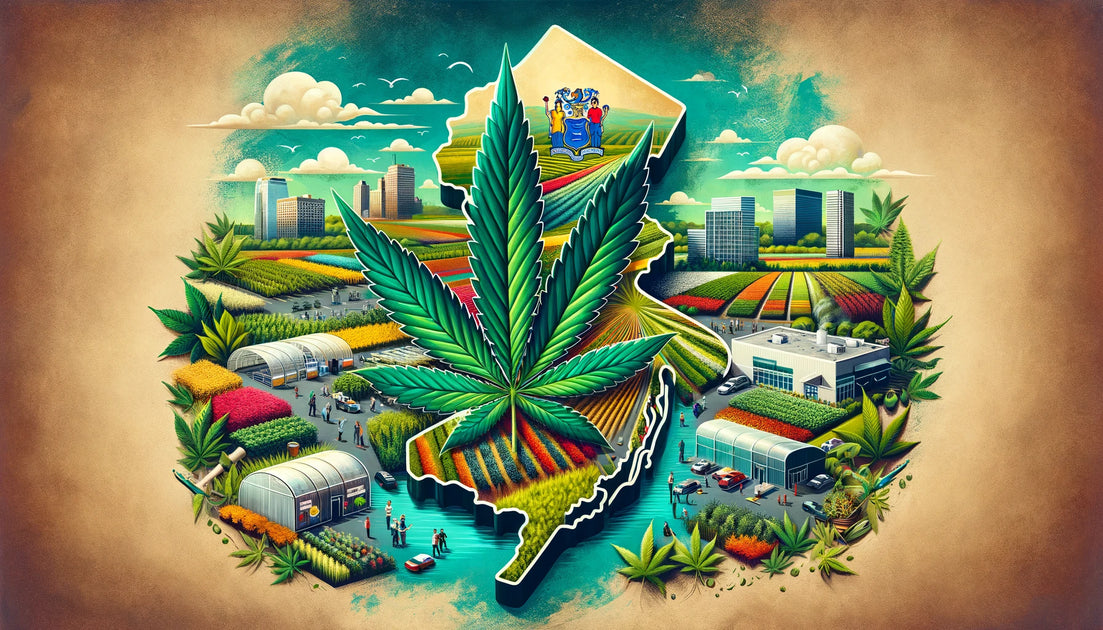Your cart is currently empty.

Despite marijuana’s recognition and legalization in some states, do you know the cannabis industry still faces challenges in 2022?
Federal laws make selling and cultivating hybrid cannabis seeds and other variants illegal. The stigma surrounding weed products in the United States also poses a few marketing difficulties.
Are you ready to discover the most significant challenges affecting the weed industry’s growth in 2022? Let’s dive into the details.
What Are the Challenges Facing the Cannabis Industry?
Do you plan to start a cannabis business or seek knowledge about the industry’s challenges in 2022? Here are some of the most pressing issues.
1. Legal Issues
Despite weed’s global recognition, legality remains a challenge for consumers and businesses. While federal laws prohibit the production, sale, possession, and use of weed, some states have their own legislation.
The District of Columbia and 21 other regions legalized recreational cannabis for adults 21 years and above. Washington, D.C. and 37 other jurisdictions allow the medicinal use of the plant.
Different regulations apply in each state, whether running a dispensary stocking the best Trulieve strains in 2022 or growing crops. Entrepreneurs have difficulties with inter-state business practices because of these discrepancies.
Many consumers and company owners struggle to keep up with their state’s cannabis regulatory framework. The best solution is a thorough review of marijuana laws and a shift in policies by the US government.
2. Inadequate Marketing
Due to industry regulations, marketing is challenging for cannabis entrepreneurs.
Businesses may not advertise marijuana within 1,000 feet of places catering to people under 21, such as parks, playgrounds, and schools. Television and radio stations can’t accept legal cannabis product advertisements without risking their licenses.
Marketing on digital media also comes with varying challenges depending on the chosen platform. Facebook and Twitter allow educational ads but prohibit entrepreneurs from advertising or promoting the use or sale of recreational cannabis.
Cannabis companies have to spend time and money ensuring compliance with these policies.
3. Restricted Banking Opportunities
Most marijuana businesses operate in cash due to limited banking opportunities. Weed companies’ lack of access to financial services is a headache.
Most federally-insured banks don’t accept deposits from businesses dealing with the herb, which affects cannabis industry growth. Due to marijuana’s precarious legal status, weed companies only work with private lending and state-licensed financial institutions.
After customers choose the right cannabis products from dispensaries, purchasing them with credit cards is illegal. The high amount of cash on the premises makes cannabis apothecaries targets for robbers in states with legal weed.
Reports of armed burglaries at marijuana businesses in the United States have nearly doubled in the first quarter of 2022 compared to 2021.
Washington recorded over 65 armed robberies in 2022, compared to 35 in 2021 and 29 in 2020. A review of government policies remains the solution to this problem.
4. Limited Business Credit Options With High-Interest Rates
It’s essential to raise capital when opening a new grow operation or dispensary. Weed entrepreneurs face more hardships than other sectors when securing funding.
The federal prohibition discourages major financial institutions from providing credit to a marijuana business. Companies are limited to applying at local banking institutions offering short-term loans and high interest rates.
Lenders in the cannabis industry only provide support to entrepreneurs with a 670 credit score or higher. These loan interest rates may range from 6.5–8.75% for $5,000–$500,000, paid back within 24–60 months.
5. Stigma Among the Medical Community
Another issue facing the marijuana industry is the stigma among the medical community. Many people don’t reveal their cannabis consumption, even when used for therapeutic purposes, because of the negative perception encompassing the herb.
Gathering weed information from media outlets with subjective views may cause these opinions. Medical cannabis misconceptions also stem from a lack of education, hindering many from seeking this reportedly safe, effective treatment.
Patients not only shy away from using marijuana as a medical option but also perceive the herb as controversial. Education and awareness of credible facts are the best ways to curb society’s cannabis stigma.
6. Logistical Issues
The shipping and distribution of weed have strict laws in US states. There are regulations for cannabis transportation across state lines, even for medicinal purposes.
Marijuana shipping requirements vary by state and often lead to delayed delivery timelines, adversely affecting business operations.
Most businesses use third-party distributors, which results in higher expenses.
Overcome the Industry’s Challenges With Confidence
The weed business is growing like never before, but not without challenges. Getting into the cannabis industry in 2021 was difficult, and this might not change unless the government reviews its marijuana policies.
Keep this list of challenges in mind if you want to own a piece of the industry. Develop solutions to nip logistic, stigma, marketing, and banking challenges in the bud to maximize profitability.



